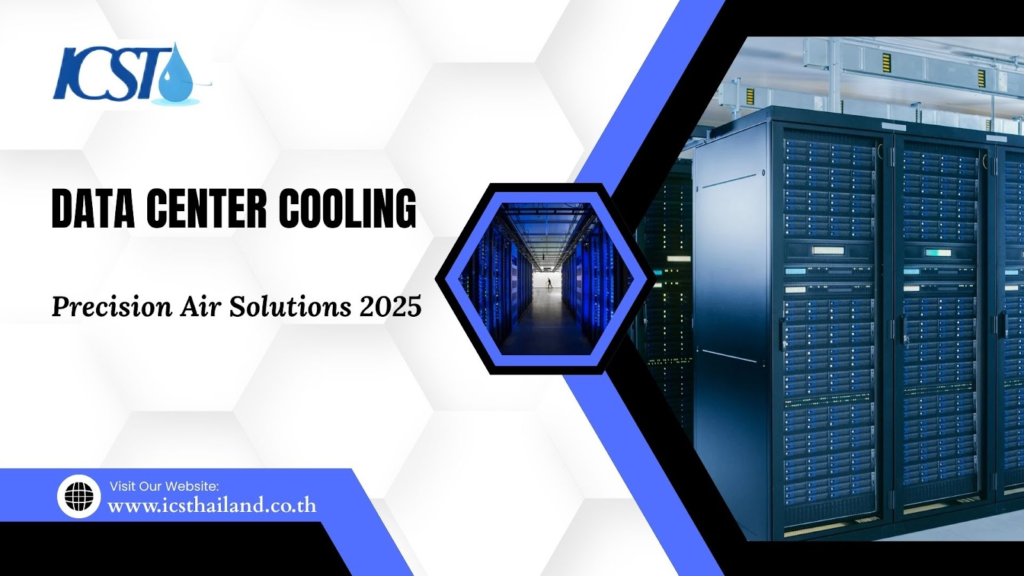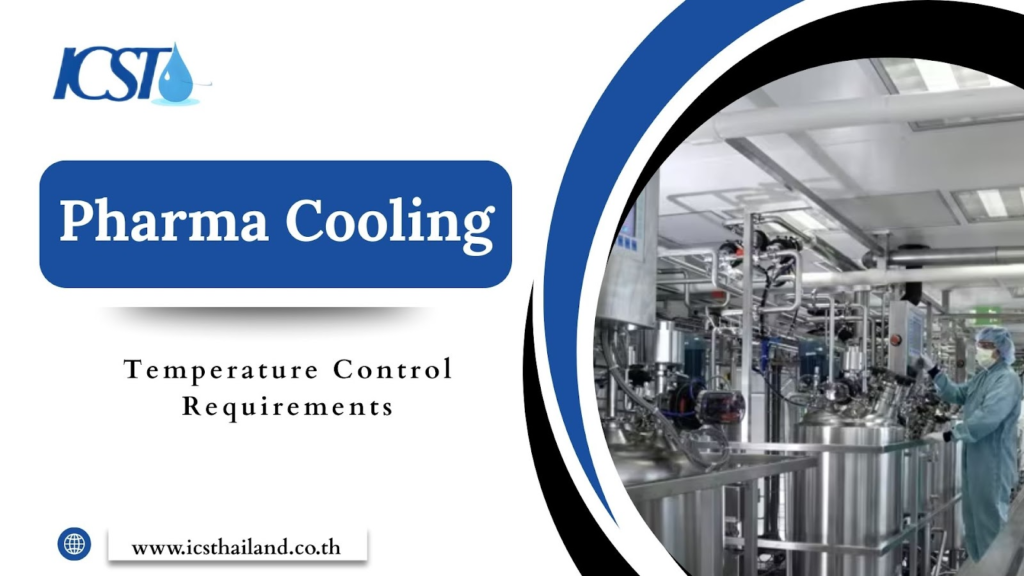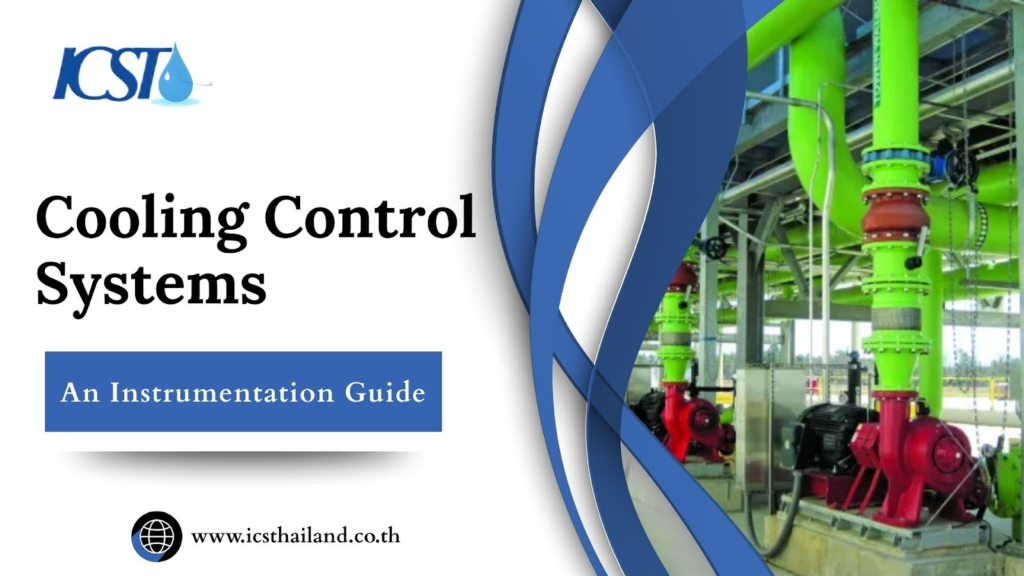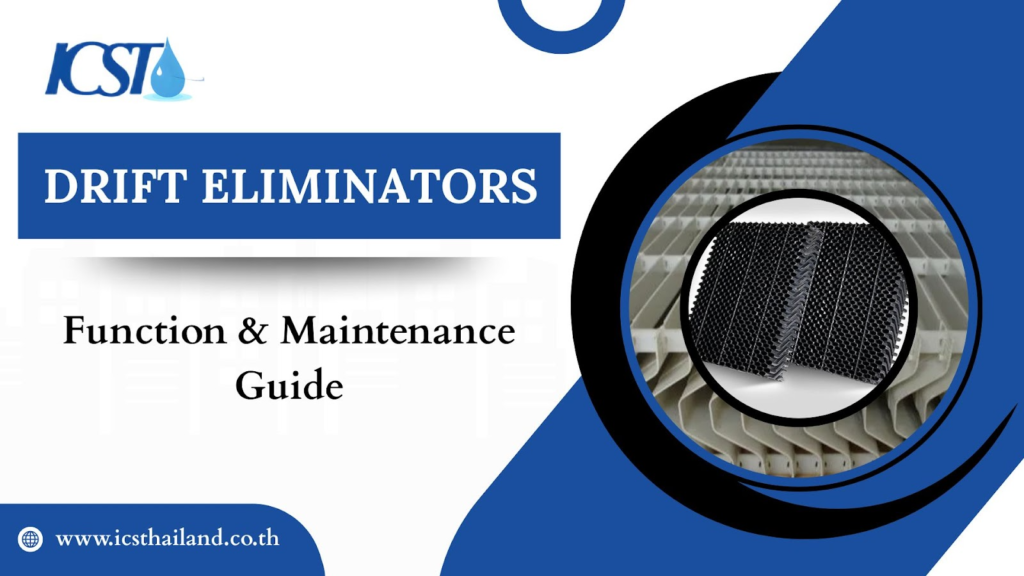Modern servers are blazing fast and incredibly powerful, but there’s a burning question: how do you keep them cool? The sheer heat they generate isn’t just a technical glitch; it’s a massive operational and financial headache for businesses everywhere.
Forget standard room-based AC for your critical IT gear. As server rack power density skyrockets, so does the demand for smarter, pinpoint-accurate cooling strategies.
This guide explores the latest in precision air solutions and other key cooling trends for 2025. We will demystify the core technologies that keep modern data centers running efficiently.
We will also explain how these solutions optimize performance and show you what to look for when planning your cooling infrastructure to ensure it is ready for future demands.
Table of Contents
ToggleThe Fundamentals: CRAC vs. CRAH Units
What are the foundational technologies for precision cooling in a data center? The most common solutions are CRAC and CRAH units, and understanding their differences is essential for making an informed decision.
CRAC (Computer Room Air Conditioner) Units
A CRAC unit is a self-contained system that cools and dehumidifies air using a direct expansion refrigeration cycle. It functions much like a standard home air conditioner, using a compressor and refrigerant to remove heat.
How do these units stack up?
- Pros: CRAC units are relatively simple to install. They are well-suited for smaller data centers or legacy facilities that do not have an existing chilled water infrastructure.
- Cons: They are generally less energy-efficient than their counterparts. This leads to higher operational costs, especially for large-scale deployments, and they offer limited scalability.
CRAH (Computer Room Air Handler) Units
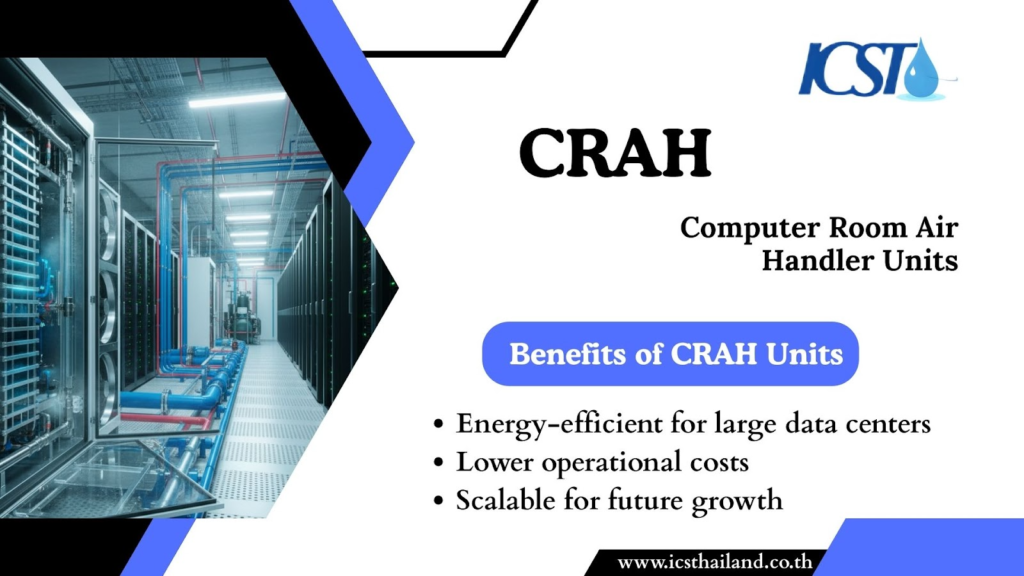
A CRAH unit cools air by using chilled water that is supplied from a central chiller plant. Unlike a CRAC unit, it does not have its own internal refrigeration system. Instead, it acts as an air handler, passing warm air over coils filled with chilled water.
What makes them different?
- Pros: CRAH units are highly energy-efficient, making them ideal for large data centers where operational costs are a primary concern. They also offer excellent scalability to grow with your business.
- Cons: The main drawback is the significant upfront investment. This includes the cost of the central chiller plant and the extensive piping required to circulate the chilled water.
The Strategy: Airflow Containment
Simply having precision cooling units is not enough. The air they produce must be managed strategically to be effective. This is where airflow containment comes into play, ensuring that cool air gets to where it is needed most without mixing with hot exhaust air.
Hot Aisle/Cold Aisle Arrangement
What is the most fundamental strategy for efficient airflow? The hot aisle/cold aisle layout is the industry standard for organizing server racks.
How does it work?
- Concept: Servers are arranged in rows so that the front of the servers in one row faces the front of the servers in the adjacent row. This creates an aisle that receives cool air, known as the “cold aisle.” The back of the servers, which expel hot air, face each other to form a “hot aisle.”
- Benefit: This simple arrangement prevents hot exhaust air from mixing with the cool intake air. By separating the two air streams, the cooling process becomes far more efficient and predictable.
Aisle Containment (Hot or Cold)
How can you take the hot aisle/cold aisle concept a step further? Aisle containment involves physically enclosing either the hot or the cold aisle with barriers, such as doors and roof panels.
Why is this so effective?
Benefits:
- This practice dramatically improves cooling efficiency by creating a completely sealed pathway for either the supply or return air.
- It reduces energy consumption by allowing cooling systems to run at higher, more efficient temperature setpoints and effectively prevents hotspots from forming.
- Both hot and cold aisle containment offer unique advantages, with the best choice depending on the specific facility design and operational goals.
Beyond Air: The Rise of Liquid Cooling
As server power density continues to climb, traditional air-based cooling systems are reaching their practical limits. This has led to the rapid adoption of liquid cooling, a key trend for 2025 and beyond.
Why Liquid?
Air is a poor conductor of heat compared to a liquid. As server components like CPUs and GPUs become more powerful and generate more heat in a smaller space, air simply cannot remove that heat fast enough.
Liquid cooling offers a far more efficient and effective method of thermal management, allowing data centers to support next-generation hardware.
Types of Liquid Cooling
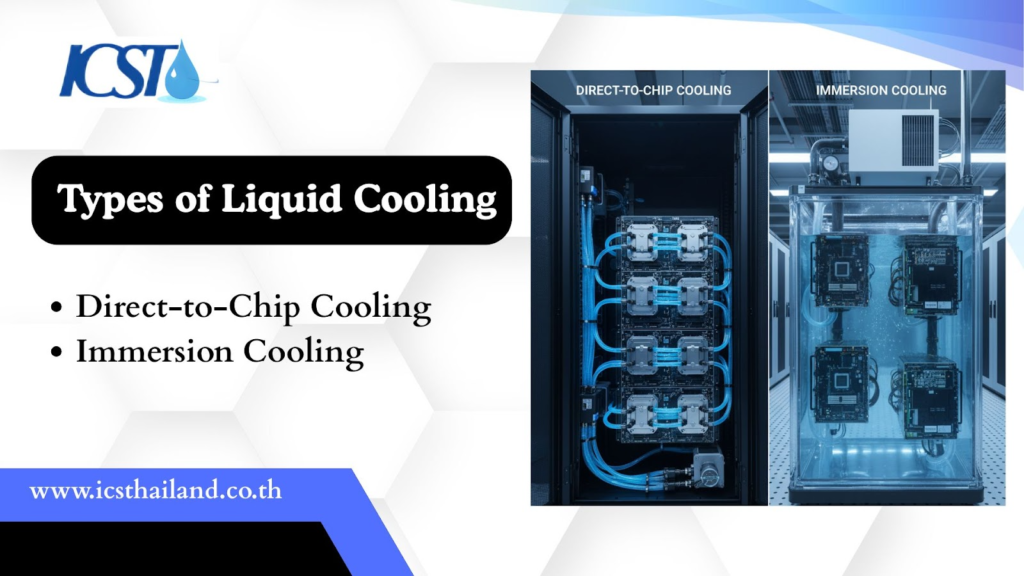
How is liquid cooling implemented in a data center? Two primary approaches are gaining widespread adoption.
What are the main options?
- Direct-to-Chip Cooling: In this method, liquid coolant is circulated directly to the hottest components on the server board, such as the CPU and GPU. This is achieved using cold plates that sit on top of the chips, with the liquid absorbing heat and carrying it away.
- Immersion Cooling: This is the most advanced form of liquid cooling. Entire servers are submerged in a non-conductive, dielectric fluid. The fluid directly absorbs heat from every component, offering the highest possible cooling efficiency.
When to Consider It
Liquid cooling is no longer a niche solution. It is becoming essential for a growing number of applications. You should consider it for high-performance computing (HPC) environments, servers dedicated to artificial intelligence (AI) and machine learning workloads, and any deployment involving high-density racks where air cooling is insufficient.
Trends for 2025 and Beyond
The data center industry is constantly evolving. Staying ahead of the curve means understanding the trends that will define the future of cooling efficiency and sustainability.
AI-Driven Cooling Optimization
How can data centers become even smarter? Artificial intelligence is being used to fine-tune cooling systems in real time.
What does this technology do?
- AI and machine learning algorithms analyze data from thousands of sensors placed throughout the data center.
- This data includes temperature, humidity, and airflow readings. The AI then dynamically adjusts fan speeds, chiller setpoints, and airflow patterns to achieve maximum efficiency without compromising performance.
Impact:
This intelligent optimization can reduce cooling energy consumption by a significant margin, directly impacting operational costs and sustainability metrics.
Free Cooling Technologies
Is it possible to cool a data center without mechanical refrigeration? “Free cooling” refers to methods that use the outside environment to cool the facility.
How does this work?
Instead of relying entirely on energy-intensive chillers, free cooling uses cool ambient air or water from the outside. For data centers in colder climates, this means they can bypass their mechanical cooling systems for a large portion of the year.
Relevance:
This approach significantly lowers the Power Usage Effectiveness (PUE) and reduces operational costs, making it a highly attractive option for new data center builds in suitable geographic locations.
Power Usage Effectiveness (PUE) as the Benchmark
The industry standard is Power Usage Effectiveness, or PUE.
What does this metric tell you?
- PUE is a simple ratio calculated by dividing the total energy consumed by the data center facility by the energy delivered to the IT equipment. It measures how much energy is used for non-IT functions like cooling and lighting.
- A lower PUE is better, with a score of 1.0 representing a perfectly efficient data center where all energy goes directly to the IT load. All modern cooling strategies are ultimately focused on lowering this critical number.
Final Thoughts
Data center cooling has evolved far beyond simply managing temperature; it’s now a strategic investment in efficiency, reliability, and sustainability.
As we have discussed, understanding the fundamentals, from the roles of CRAC and CRAH units to implementing strategies like hot/cold aisle containment, is crucial for building an efficient foundation.
By combining the right precision air solutions with modern strategies, you can achieve substantial cost savings, reduce your environmental footprint, and ensure your facility is prepared for future demands.
Is your data center ready for the demands of the future? Do not let your cooling strategy become a liability. Contact the data center cooling specialists at ICS Thailand today for a professional audit and a customized solution.
Frequently Asked Questions
What is the main goal of the hot aisle/cold aisle arrangement?
The main goal is to prevent the mixing of hot exhaust air with cool intake air. This simple strategy separates the two air streams, making the overall cooling process far more efficient and predictable.
How does AI optimize cooling?
AI analyzes sensor data to dynamically adjust fan speeds, chillers, and airflow for maximum energy efficiency.
What are the main types of liquid cooling being adopted?
The main types are Direct-to-Chip Cooling (circulating liquid to cold plates on the CPU/GPU) and Immersion Cooling (submerging entire servers in a non-conductive, dielectric fluid).
What is PUE and the goal?
PUE (Power Usage Effectiveness) measures energy efficiency (Total Energy / IT Energy). The goal is a lower PUE, closer to 1.0.
When to use Aisle Containment?
To drastically improve cooling efficiency, reduce energy use, and prevent air mixing by creating a sealed pathway.
